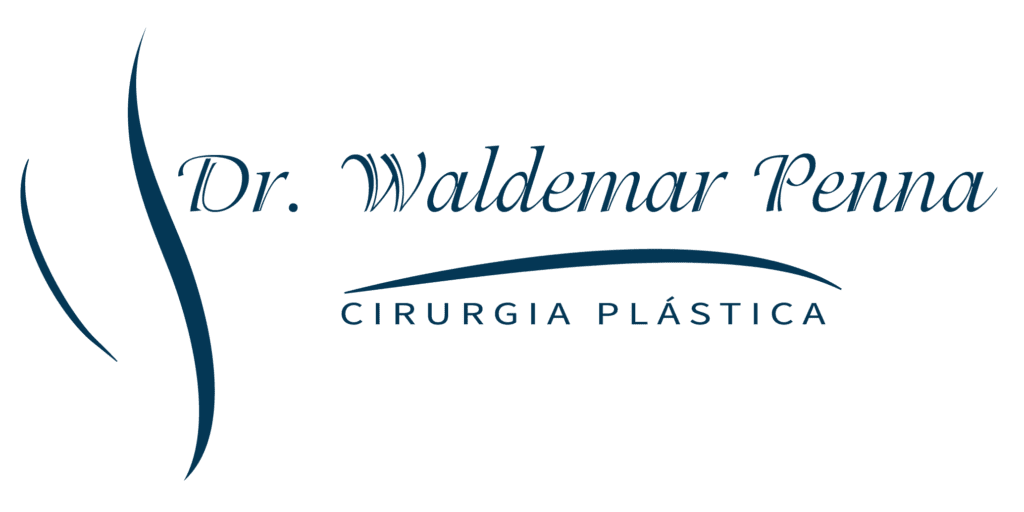INTRODUCTION
The functional importance of the nose and its prominent position on the face makes rhinoplasty a challenging procedure in plastic surgery1,2. This procedure has undergone a major transformation since its creation; in particular, there has been a change in principles in the last 15 years to abandon aggressive procedures with excessive reduction, in favor of augmentation and nasal structuring3-5. Plastic surgeons must monitor evolving techniques to offer patients better aesthetic and functional results.
Open structure rhinoplasty has played an increasingly important role2, and grafts are often used to provide support and functionality2-4. In recent years, the use of autologous grafts has become more widespread; they are considered one of the best options for treatment of nasal deformities because of their high biocompatibility and low risk of infection and extrusion3. Today, these grafts are considered an essential part of rhinoplasty3,6-8.
While septal, conchal, and costal cartilages are all sources of autologous cartilage7, septal cartilage is favored because it is easy to obtain and manipulate; it also provides good support and a more rectilinear structure3.
While sculpted single-block or layered cartilage grafts have been in widespread use since many years, the natural thinning of the skin can result in tangible and perceptible deformities in the medium and long term, a frequent complaint that often requires surgical revision1,6,8-10.
Two groups have described fragmented grafts as an alternative method2, in which the cartilage is diced and crushed and may be wrapped with autologous tissue such as the temporal fascia7,8 or synthetic material such as an absorbable mesh of oxidized cellulose3,6.
However, diced grafts have also been shown to be perceptible in the long term1,2,5,6 and are associated with higher incidences of fibrosis and local absorption. However, crushed grafts offer greater stability and better preserve volume2.
The senior author previously preferred unwrapped diced grafts because of their versatility and generally good results. However, some nasal dorsum and root procedures resulted in a change in the latero-lateral volume, which reduced the initial gain in height and increased the diameter undesirably2. We therefore sought to improve the technique in order to obtain better results.
Souza et al.2 described their search for a particulate graft that was slightly perceptible or palpable, but with a regular and more predictable contour suitable for increasing the longitudinal axis of the nasal dorsum without excessive increase in length of the transverse axis. They proposed using cartilage grafts in the form of strips, used in several units, and reported good results regarding the augmentation of the nasal dorsum and root.
OBJECTIVE
The objective of this study was to describe an demonstrate a new technique for filling of the nasal dorsum, which uses strips of cartilage bonded by catgut to form a self-contained structure similar to that of a bundle of wood twigs. This technique was developed to improve results and reduce long-term distortion.
METHODS
A total of 28 open structure rhinoplasties were performed from January to June 2015 at the Felício Rocho Hospital in Belo Horizonte, MG. Thirteen patients were female and 15, male. Patient age ranged from 16 to 64 years, with a mean of 34.8 years. There were 12 and
16 primary and secondary cases, respectively.
Functional disturbances were also present in 24 patients; surgical treatment was therefore performed in conjunction with the otorhinolaryngology procedure.
Surgical Technique
The rhinoplasty surgeries were performed under general anesthesia. The technique described here can be performed with exo- or endorhinoplasty. The authors opted for open rhinoplasty with V-shaped incisions in all patients. Dissection was performed in a deep plane, with thick flaps to avoid ischemic complications. The dissection of the nasal dorsum was restricted in all patients, aiming for better graft positioning to avoid graft migration.
The nasal septum received donor cartilage in all patients; however, 12 patients also received finely diced cartilage of the ear concha to enhance and define the nasal tip.
A #11 scalpel blade was used to form cartilage twigs (long strips on the larger diameter of the quadrangular cartilage of 1.0 mm thickness). Six to eight of these units were grouped by tying them with a 5-0 catgut wire to simulate a bundle of twigs (Figures 1A, 1B, and 1C).
In all patients, columellar struts of septal cartilage measuring approximately 0.3 × 2.5 cm were also used. A fixation was made between the medial crura of the alar cartilages using absorbable monofilament 5-0 sutures.
Then, the height deficit of the nasal dorsum and root to be filled were verified and the bundle of twigs was inserted under the superficial musculoaponeurotic system from the nasal dorsum up to the root for filling, support, and profile improvement (Figures 2A and 2B). After structuring, the skin was sutured with 6-0 mononylon. In cases in which finely diced cartilage was also used to fill the nasal tip, the cartilage was injected through an incision in the nasal wing, before the complete suture.
Bilateral septum splints were affixed in all patients and maintained for 7-15 days.
RESULTS
The bundle of twigs technique showed good preand short-term postoperative results. Augmentation of the root and dorsum was achieved in 100% of the cases, without any local complications. Diced grafts were also used, mainly for definition of the nasal tip, in 23 patients.
The conchal and septal cartilage donor regions healed without complications.
The filling and elevation of the nasal dorsum was maintained satisfactorily in patients with 6 months or more of follow-up (Figures 3-5). No grafts were visible under the skin, and no surgical revisions were necessary in the most recent follow-ups.
DISCUSSION
Rhinoplasty is an important procedure in plastic surgery due to the central position and functional importance of the nose on the face2. The search for longterm, well-structured nasal root and dorsum remains a challenge for plastic surgeons1,10. Technical developments to improve results must be encouraged and monitored by surgeons.
Open structure rhinoplasty has become the technique of choice for several authors1,2,5; however, regardless of the access route, grafts are essential tools for nasal structuring3,6,10.
Diced cartilage was previously underused; however, its use was revived after Erol reported good results using this type of graft6. Several studies have shown excellent results using finely diced cartilage, whether or not wrapped in Surgicel3,4,6-8. However, postoperative complications, such as grafts being visible or palpable under thin skin, and unwanted gains in the transverse dimension of the nasal dorsum, led us to seek methods to minimize these effects2.
Grafts in the form of strips, with a dominant longitudinal dimension, are better suited for filling the nasal root and dorsum. They can be used to define the dorsum because of their natural form and are nearly imperceptible to palpation, as they are fine particulates, and are flexible, without memory or elastic force, the characteristics that overcome fibrosis and pressure from the surrounding cutaneous covering. It is also believed that they undergo less absorption and loss, compared to diced grafts, because they preserve more chondrocytes within the long axis of the cartilaginous matrix2.
By binding the longitudinal grafts (strips) in a bundle of twigs structure similar to a thin and irregular wooden beam, this study observed similar outcomes to those offered by the separated strip graft proposed by Souza et al.2, with the additional benefits of extending the graft and increasing its resistance.
This potentially increases the long-term success of the results. However, additional long-term studies are necessary to test this hypothesis. The bundle of twigs graft can be manipulated to perform minor adjustments in the first 15 days after the procedure. This manipulation of fragments has been demonstrated in other rhinoplasty grafting techniques6,8. The bundle of twigs graft also has the advantage that it can be structured, unlike diced cartilage grafts8.
The bundle of twigs grafts showed better results, that is, maintaining the desired shape, with less potential for long-term distortion. The possible dimensions of the graft can be augmented using smaller cartilage fragments. The only disadvantage of septal cartilage is the limited quantity available in some patients3, mainly in secondary approaches. In all our patients, the authors used septal cartilage; however, the principles of this technique may be extended to the use of twigs made from conchal and costal cartilage, thus increasing the reproducibility of this technique.
CONCLUSION
The bundle of twigs cartilage is was efficient and easy to perform. It offers good results for treatment of the nasal dorsum and root in primary or secondary aesthetic, functional, and traumatic cases. Thus, this promising approach in rhinoplasty grafts combines the advantages of strip grafts with the advantage of high resistance offered by the bundle conformation.




